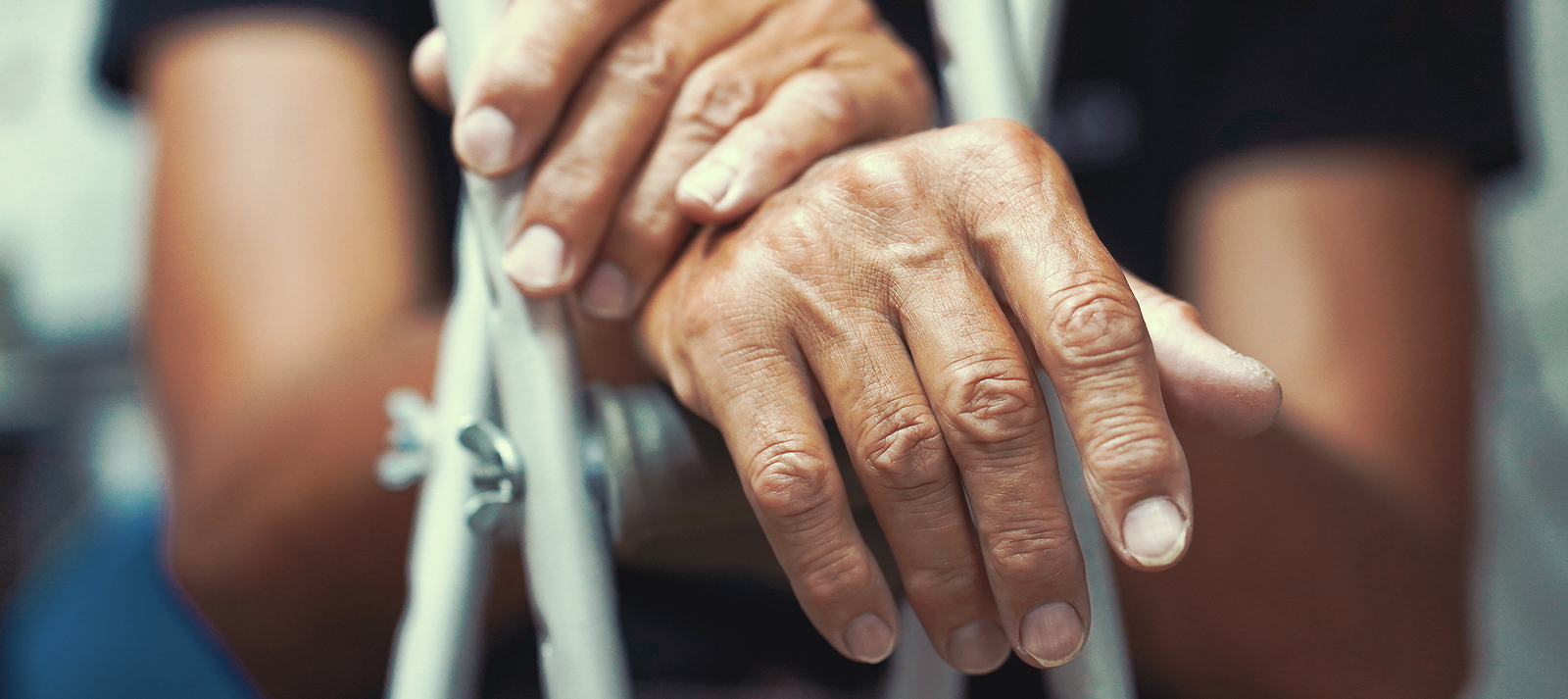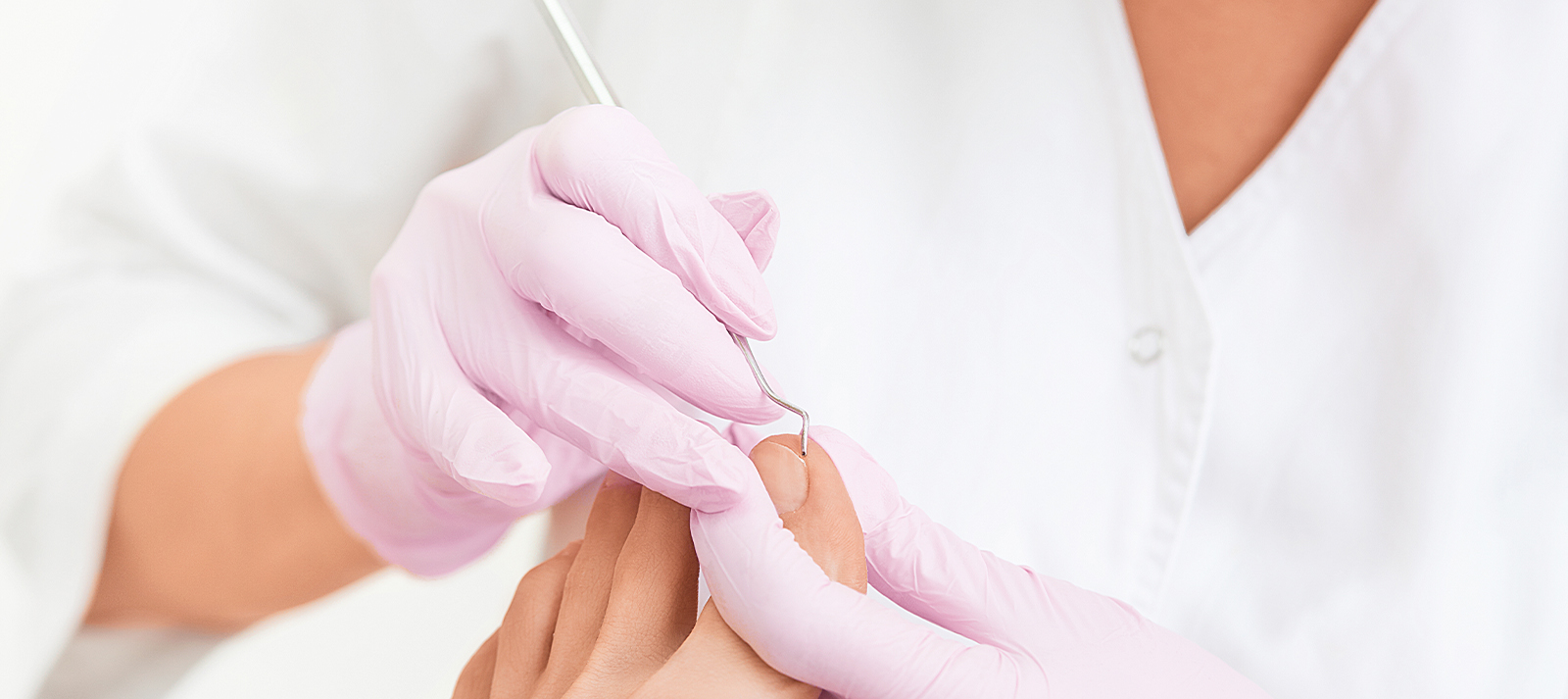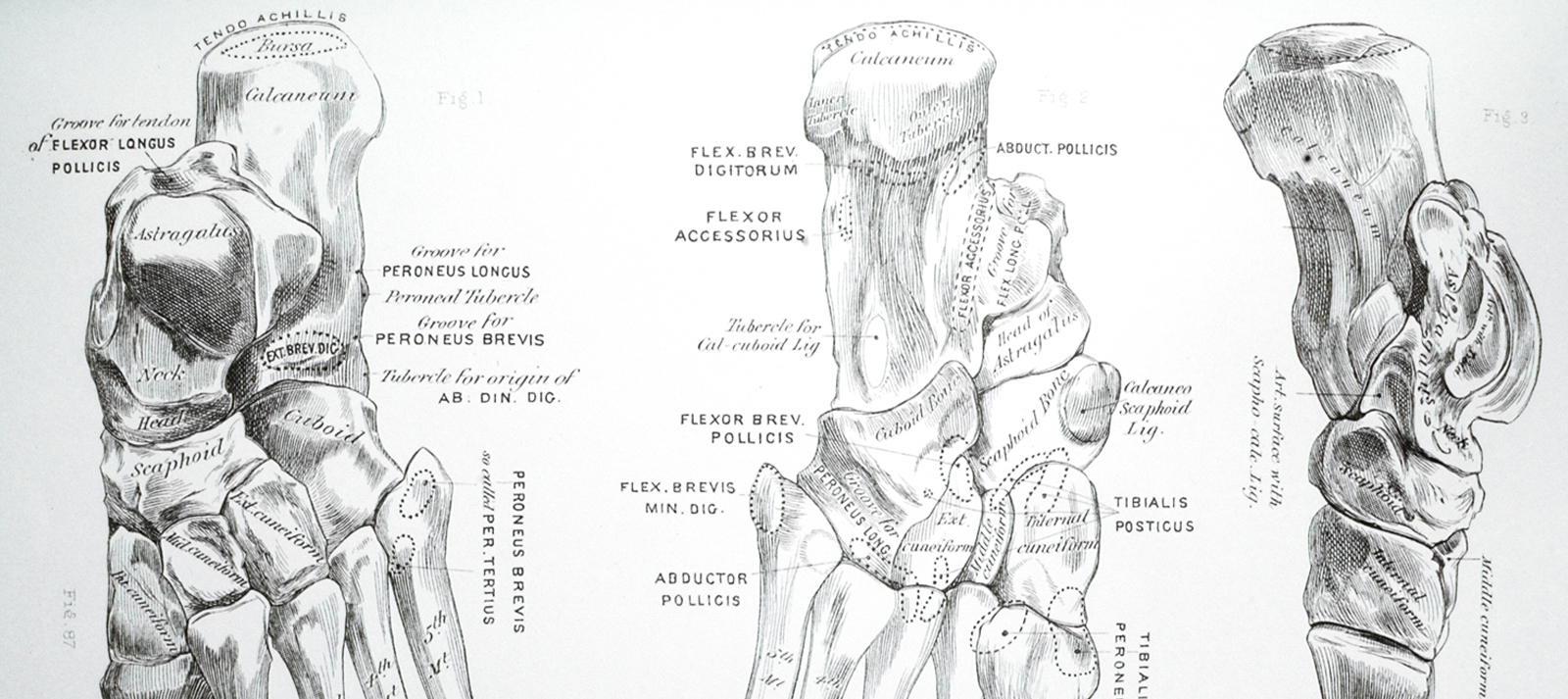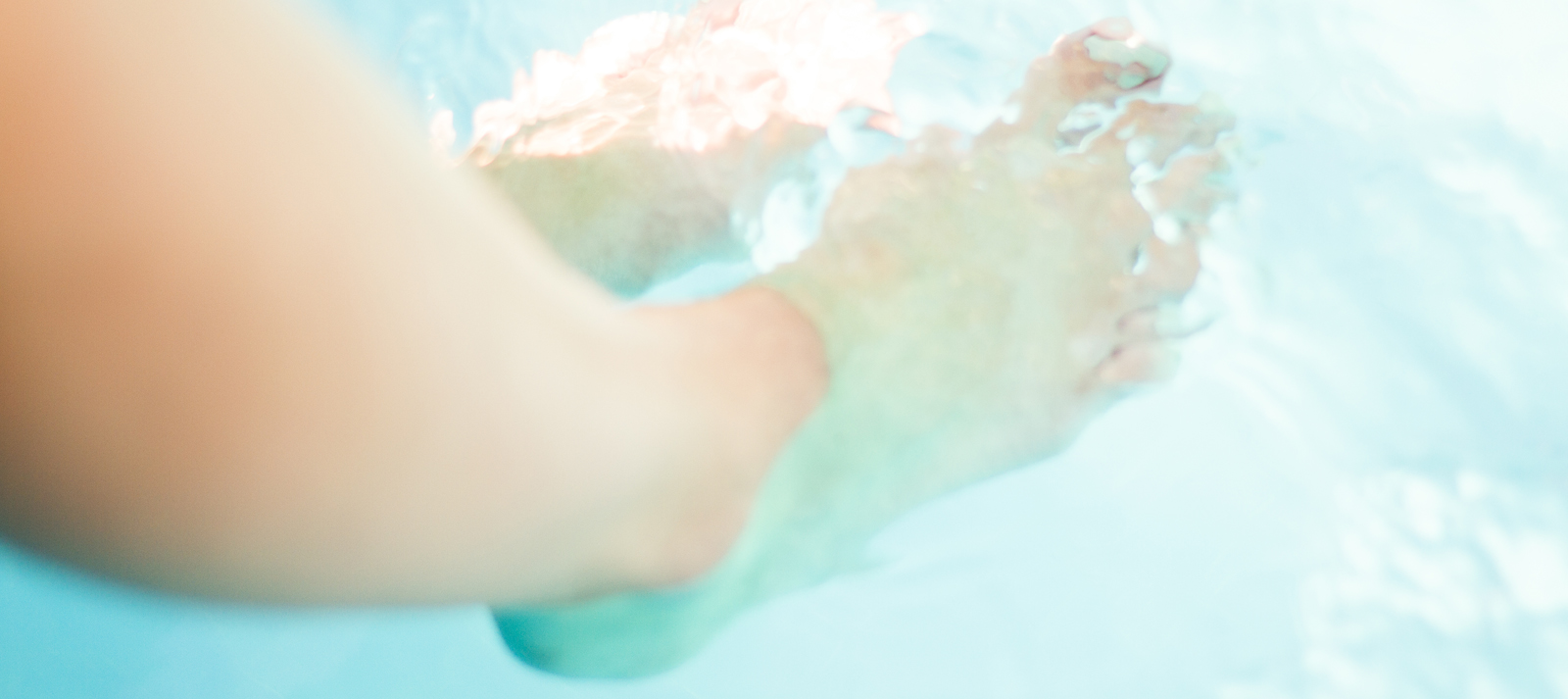Explainer: How Diabetic Foot Disease Can Lead To Amputations And Even Death
Explainer: How Diabetic Foot Disease Can Lead To Amputations And Even Death
Source: The Conversation
People with diabetes are prone to foot disease, which can lead to amputations and even death. Australia has the second-highest rate of lower-limb amputations in the developed world – with the rate having risen by 30% over the past decade.
This is because as rates of type 1 and 2 diabetes increase, so do the very common related problems of foot health – known as Diabetes-Related Foot Disease (DRFD).
Five-year survival rates for those with diabetic foot problems are lower than for prostate, breast and colon cancer, yet the severity of the problem isn’t widely recognized.
If you are one of the estimated one million Australians with diabetes, paying close attention to your foot health could save you from serious, sometimes devastating complications.
How does diabetes cause foot disease?
The most common type of foot disease related to diabetes, affecting up to a quarter of diabetes sufferers, is foot ulcers. These are actually a big financial burden as well. Of the US$116 billion allocated for diabetes care in the United States in 2007, one-third was directed to treat foot ulceration. Here’s why it happens.
Diabetic skin contains less of the structural protein collagen than normal skin. This means it becomes fragile, stiff and more prone to breaking. So a diabetic is more likely to experience injury and poor wound healing.
Diabetes also increases a person’s risk of developing poor blood circulation by up to four times. Stiffer blood vessels restrict blood supply to tissues in the body. When circulation is poor, injuries such as cuts and blisters are less able to heal and more likely to become infected or turn into ulcers.
Wounds related to diabetes most commonly happen on the extremities (feet and lower legs) because these areas are the first to lose feeling and blood supply. The forces of walking and pressure from footwear can also cause damage to the tissues in these areas.
Once a wound has occurred, abnormalities in diabetic cells also prevent healing in the usual way. Although a diabetic’s wound usually contains the cells needed for it to heal, these are often not present in the right amounts or at the right time.
The longer the wound remains unhealed, the more susceptible it is to infection from opportunistic bacteria.
Those with diabetic foot disease often have reduced feeling, or complete loss of it, in their feet – known as peripheral neuropathy. This means they are less likely to notice trauma such as blisters from a rubbing shoe.
A minor injury, such as a small cut, can quickly develop into an ulcer. Peripheral neuropathy has been shown to contribute to 90% of foot ulcers.
These are notoriously difficult to heal and reoccur in up to 70% of cases. Experts consider those with a healed foot ulcer to be in a state of remission needing careful ongoing monitoring.
How foot disease can be prevented
Men are more at risk of developing diabetic foot disease than women.
Other risk factors include living with diabetes for more than ten years, being older, smoking and drinking alcohol, kidney disease and high blood pressure.
Although foot disease in diabetes is a severe problem, there are simple and relatively accessible ways to reduce its rate and severity.
The first basic preventive strategy is for every diabetic patient to request a comprehensive foot examination.
This is often carried out by a podiatrist but any suitably skilled health professional such as a GP or diabetes educator can do so. The health professional will examine the feet, looking at circulation, sensation and footwear.
Ideally, those at risk of ulcers should be managed by a foot protection program. This is a designated podiatrist-led service for preventing, treating and managing diabetic foot problems. It includes education about caring for feet, a podiatry review and appropriate footwear. Such programs can reduce the chance of amputation by 85%.
Unfortunately, foot-screening rates in Australia are low. Only around 20% of those with diabetes get regular foot checks. And foot-protection programs are in their infancy, while specialist footwear is often too expensive for the average person.
Personal technology devices are playing a role in preventing and managing foot disease in diabetes. Smartphone technology and activity monitors, such as iPhones and Fitbits, can help monitor gait patterns and physical activity in those at risk of ulceration. This information can be integrated with specialist apps to modify lifestyle, activity and footwear.
Combining innovative, widely available technology with professional screening and management strategies can prevent the catastrophe foot ulceration represents.
Diabetes Foot Care
Diabetes Foot Care
Wash and Dry Your Feet Daily
Use mild soaps and warm water.
Pat your skin dry; do not rub. Thoroughly dry your feet.
After washing, put lotion on them to prevent cracking. But not between your toes!
Check Your Feet Every Day
Look carefully at the tops and bottoms of your feet. Have someone else do it if you can’t see them.
- Check for dry, cracked skin.
- Look for blisters, cuts, scratches, or other sores.
- Check for redness, increased warmth, or tenderness when you touch an area.
- Watch for ingrown toenails, corns, and calluses.
If you get a blister or sore from your shoes, don’t “pop” it. Put a bandage over it, and wear a different pair of shoes.
Take Care of Your Toenails
Cut toenails after bathing, when they are soft. Trim them straight across, then smooth with a nail file. Avoid cutting into the corners of toes. You may want a podiatrist (foot doctor) to do it for you.
Don’t cut cuticles.
Be Careful When Exercising
Walk and work out in comfortable shoes. Don’t exercise when you have open sores on your feet.
Protect Your Feet With Shoes and Socks
Never go barefoot. Always protect your feet with shoes, hard-soled slippers, or similar footwear. Wear shoes/boots that will protect your feet from weather conditions like cold and moisture.
Don’t wear shoes with high heels and pointed toes. Avoid shoes that leave your toes or heels unprotected, like open-toed shoes or sandals. They leave you vulnerable for injury and infections.
Change your socks daily. Wear natural-fibers: cotton, wool, or a cotton-wool blend. Avoid tight socks.
Try on new footwear with the type of socks you usually wear. Don’t wear new shoes for more than an hour at a time.
Look and feel inside your shoes before putting them on to make sure there’s nothing irritating in them or rough areas.
Wear special shoes if your doctor recommends them.
Make Sure Your Shoes Fit
Are your shoes too narrow? Is your foot crammed into the shoe? If you have neuropathy (nerve damage), you may not notice that your shoes are too tight.
Use this simple test to check:
- Stand on a piece of paper in bare feet. (Make sure you’re standing and not sitting. Your foot changes shape.)
- Trace the outline of your foot.
- Put your shoe on and stand on another piece of paper.
- Trace the outline of your shoe.
- Compare the tracings.
The shoe should be at least 1/2 inch longer than your longest toe and as wide as your foot.
Good Shoe Choices
People with diabetes should wear shoes that have:
- Closed toes and heels
- An outer sole made of stiff material
- Leather uppers without a seam inside
- Insides that are soft with no rough areas
Cuts, Bumps, Sores, and Burns
Don’t wait to treat a minor foot problem if you have diabetes. Report foot injuries and infections right away. Follow your doctor’s guidelines and first aid guidelines.
Don’t self-treat your corns, calluses, or other foot problems. Go to your doctor or podiatrist to treat these conditions.
Check water temperature with your elbow, not your foot.
Don’t use a heating pad on your feet.
Don’t cross your legs.
When to Talk to Your Doctor
Your doctor should look at your feet during each visit. Give him a call when you notice problems such as:
- Athlete’s foot (cracking between the toes)
- Sores or wounds on your feet
- Ingrown toenails
- Increasing numbness or pain
- Calluses
- Redness
- Blackening of skin
- Bunions
- Infection
- Hammer toes (when the middle joint of toes is permanently bent downward)
A Note of Reassurance
A Note of Reassurance
The health, safety and well-being of our patients, visitors, employees, and our community is top priority.
As a medical facility, we already adhere to strict practices and policies of cleaning and sanitation daily. Given the current situation, we are taking additional steps to be extra vigilant and keep our office safe for our patients. These additional measures include increasing the frequency of cleaning all surfaces and areas with antibacterial and antimicrobial cleaning products recommended by the CDC. We have added a medical grade HEPA/HEGA air filter purification unit in our office which filters greater than 95% of all dust, spores, mold, bacteria, viruses, chemicals, and gases larger than 0.100 microns. Scientists say that the size of the Coronavirus is 0.125 microns. Therefore, the air filter purification unit is designed to capture airborne particles of this size. Additionally, masks and alcohol-based hand sanitizer is readily available. Thank you for your understanding and cooperation.
Stay Safe & Healthy –
Dr. Jennifer L. Prezioso, DPM, FACFAS
BarkingDogShoes.com Guest Column: The Podiatrist is in! Meet Dr. Jennifer Prezioso
BarkingDogShoes.com Guest Column: The Podiatrist is in! Meet Dr. Jennifer Prezioso
Have you ever found yourself, at the end of an evening, thinking of nothing other than getting home and switching out your gorgeous-but-painful pair of shoes in exchange for an old pair of slippers that has seen better days but never lets you down? If yes, then pull up a chair, have a seat, and welcome home. My name is Dr. Jennifer Prezioso, and I am a shoe lover (and hater) just like you. But, as a Podiatric Surgeon, board certified by the American Board of Foot and Ankle Surgery, I am also a dedicated member of the world of Foot and Ankle specialists striving to help people understand their individual foot type and how to make sure they are making healthy shoe choices. So I not only empathize with those who adore shoes but face footwear challenges, I also advocate for them every day. I recently had the opportunity to write a guest column for BarkingDogShows.com on this very topic. If you would like to learn more, read the full article here.
Source: BarkingDogShoes.com
Balance Now Offers Video Visits!
Balance Now Offers Video Visits!
While we love to see you in our office, we realize it’s not always convenient to do so. Video visits allow you to receive the same quality care as you do in the clinic, without taking time off work or finding a sitter to see us.
It’s easy to get started. Next time you’re in the office or need to schedule an appointment, ask for a video visit. Next, look out for an email or text to confirm your information in our telemedicine platform, called Chiron Health. On the day of your visit, simply log in 15 minutes early to see your doctor over video. It’s that easy.
Video Visits are great for:
● Follow-up visits
● Medication questions
● Lab & test results
● General questions and more
Skip the waiting room, request a video visit for your next appointment!
Tips for Healthy Feet - Summer Foot Care
Tips for Healthy Feet - Summer Foot Care
Source: American Podiatric Medical Association, Inc.
- Limit walking barefoot as it exposes feet to sunburn, as well as plantar warts, athlete’s foot, ringworm, and other infections and also increases risk of injury to your feet.
- Wear shoes or flip-flops around the pool, to the beach, in the locker room and even on the carpeting or in the bathroom of your hotel room to prevent injuries and limit the likelihood of contracting any bacterial infections.
- Remember to apply sunscreen all over your feet, especially the tops and fronts of ankles, and don’t forget to reapply after you’ve been in the water.
- Stay hydrated by drinking plenty of water throughout the day. Drinking water will not only help with overall health, but will also minimize any foot swelling caused by the heat.
- Keep blood flowing with periodic ankle flexes, toe wiggles, and calf stretches.
- Some activities at the beach, lake, or river may require different types of footwear to be worn, so be sure to ask the contact at each activity if specific shoes are needed. To be safe, always pack an extra pair of sneakers or protective water shoes. If your shoes will be getting wet, they should be dried out completely before your next wearing to prevent bacteria or fungus from growing.
- If you injure your foot or ankle while on vacation, seek professional medical attention from a podiatric physician. Many often only contact a doctor when something is broken or sprained, but a podiatrist can begin treating your ailment immediately while you’re away from home. Use our Find a Podiatrist tool to get treatment wherever your travels take you!
- In case of minor foot problems, be prepared with the following on-the-go foot gear:
- Flip flops—for the pool, spa, hotel room, and airport security check points
- Sterile bandages—for covering minor cuts and scrapes
- Antibiotic cream—to treat any skin injury
- Emollient-enriched cream—to hydrate feet
- Blister pads or moleskin—to protect against blisters
- Motrin or Advil (anti-inflammatory)—to ease tired, swollen feet
- Toenail clippers—to keep toenails trimmed
- Emery board—to smooth rough edges or broken nails
- Pumice stone—to soften callused skin
- Sunscreen—to protect against the scorching sun
- Aloe vera or Silvadene cream—to relieve sunburns






